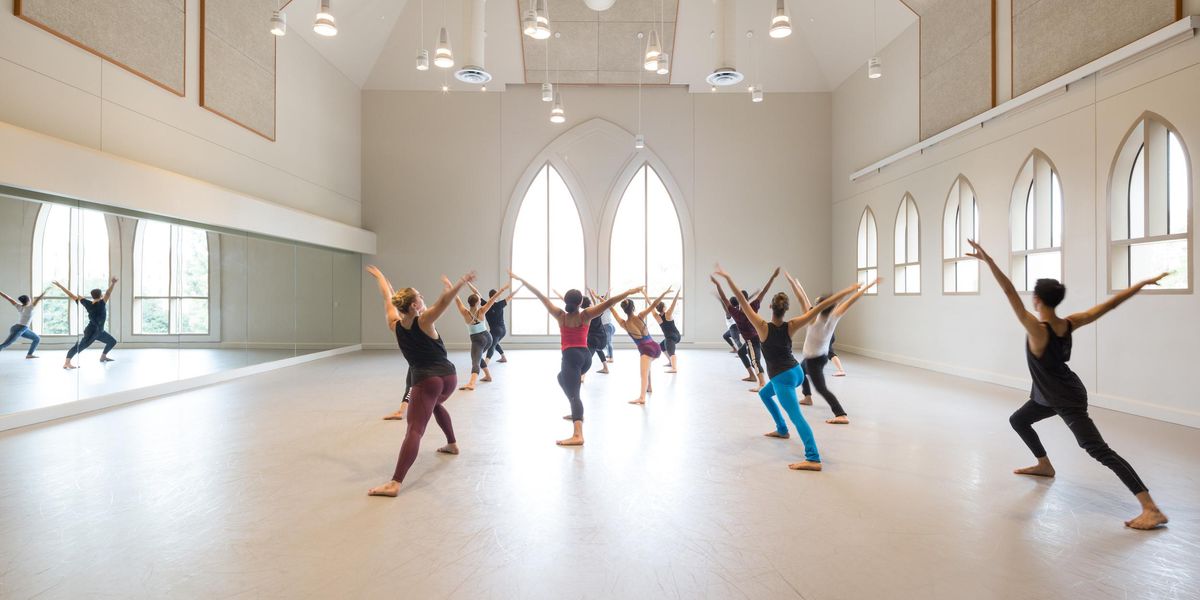Seven Things for College Dancemakers to Avoid
Whenever I adjudicate for the American College Dance Association, I feel like the future of dance is in good hands. I am always taken with the commitment, sophistication, and craft of the student performances. And I love the hooting and hollering when the audience goes crazy over a piece.
Last weekend I served in the North Central region, hosted by Iowa State University. I had a great time being flanked by Bill Evans and Endolyn Taylor, both seasoned dancer/choreographers, though Bill has adjudicated gobs of times and Endolyn proved to be a natural the first time out. As we gave one-way feedback on 46 entries from 28 schools, we intuitively operated as a team.
A handful of pieces knocked us out, and many impressed us. They came from Midwestern schools like University of Illinois Urbana Champaign, Beloit, University of Kansas, University of Wisconsin (several branches), Winona State, University of Minnesota, and Iowa State—plus out-of-region schools like Philly’s University of the Arts and Cal State Sacramento.
But I also spotted a few weaknesses that recurred often enough for me to jot them down. So, here they are—things to AVOID (from an adjudicator’s point of view).
1. A title that builds up expectations you do not fulfill. For instance, if your title is Fire, the audience is going to be waiting for something to seriously ignite.
2. Choosing an overwhelmingly beautiful or familiar soundtrack. Whether it’s a Beethoven piano sonata or a catchy pop tune, the details of your dance will be washed away by the power of the music. Remember, silence is always an option.
3. Black, long-sleeved, lace leotards. They are everywhere this season.
4. A long stillness, followed by….nothing remarkable. Or worse yet, a long stillness followed by another long stillness in a different position.
5. Creating a mysterious image for the opening of the ballet, for example one person standing over another person who may or may not be dead, and never returning to that image. We are waiting to learn more about that image. We are waiting for meaning to be revealed, or rather, we are waiting for some further reference to it so we can create our own meaning.
6. Rambling. You may feel your choreography needs “development.” But when adjudicators are looking at 46 dances in two days, what we really appreciate is a taut piece where every part of it is essential. If you’re just making lots of steps with no central organizing principle, your dance runs the risk of being instantly forgettable.
7. Asking dancers to perform feats they are not yet capable of. Whether it’s a double turn, a controlled headstand, or simply a developpé, if the dancer cannot manage it technically, give her or him something else to do. Let your performers’ abilities help shape your material. Find out what they can do well, not what they can almost do, or someday do.
The ACDA (formerly ACDFA, when the word festival was in the name) as a national network, is very well run. Executive director Diane DeFries, along with the board of directors, has figured out how to make the one-way feedback as constructive as possible. I thank ACDA for the opportunity to witness a big slice of what’s going on in colleges today.




